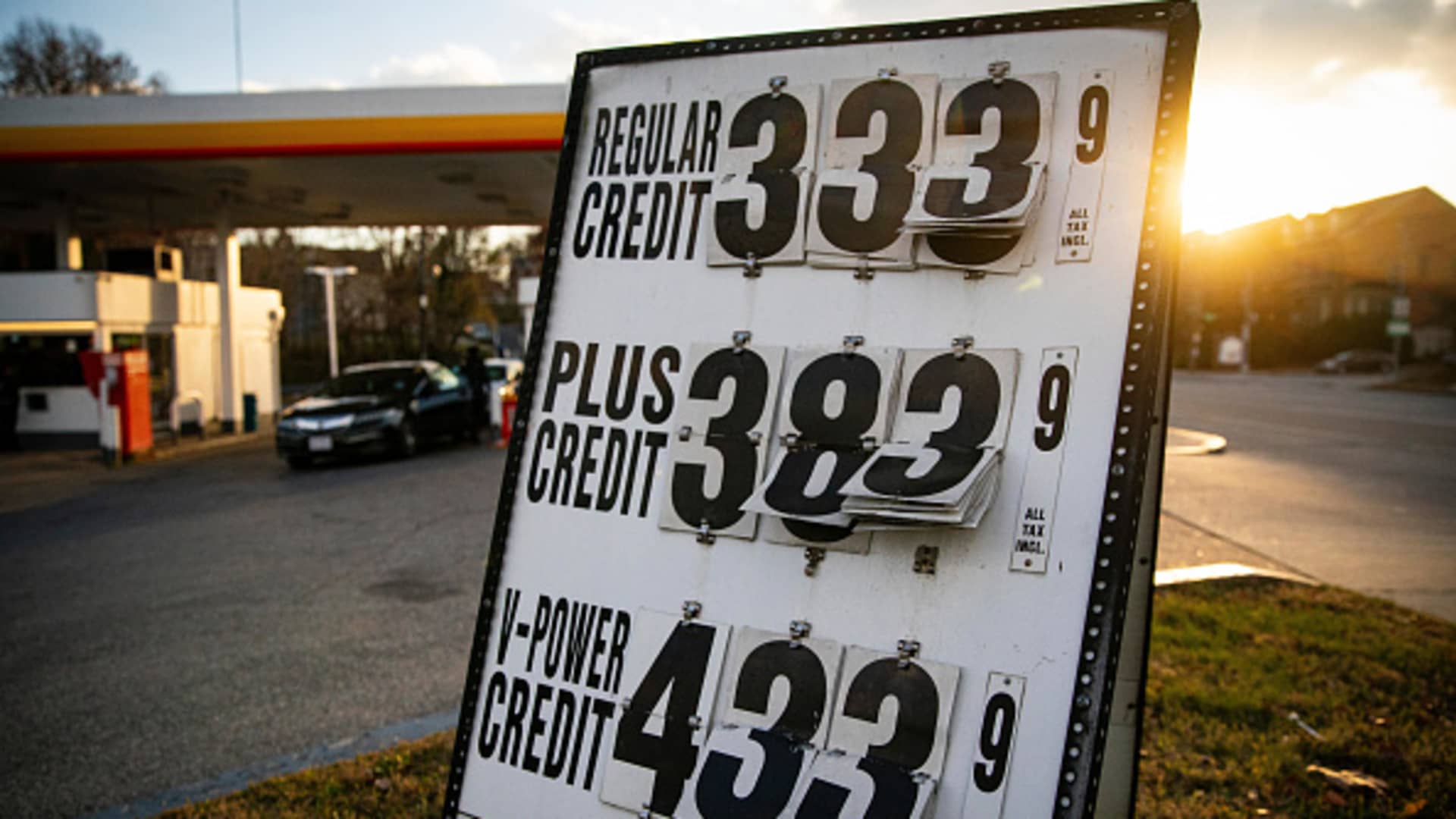In its first foray into the crypto sector, the House Committee on Oversight and Reform is dialing up the pressure on federal agencies and crypto exchanges to protect Americans from fraudsters.
In a series of letters sent Tuesday morning, the committee asked four agencies, including the Department of the Treasury, the Federal Trade Commission, the Commodity Futures Trading Commission, and the Securities and Exchange Commission, as well as five digital asset exchanges — Coinbase, FTX, Binance.US, Kraken, and KuCoin — for information and documents about what they are doing, if anything, to safeguard consumers against scams and combat cryptocurrency-related fraud.
More than $1 billion in crypto has been lost to fraud since the start of 2021, according to research from the FTC.
“As stories of skyrocketing prices and overnight riches have attracted both professional and amateur investors to cryptocurrencies, scammers have cashed in,” wrote Rep. Raja Krishnamoorthi, D.-Ill., Chair of the Subcommittee on Economic and Consumer Policy. “The lack of a central authority to flag suspicious transactions in many situations, the irreversibility of transactions, and the limited understanding many consumers and investors have of the underlying technology make cryptocurrency a preferred transaction method for scammers.”
The letters ask that the federal agencies and crypto exchanges respond by Sept. 12 with information about what they are doing to protect consumers. The committee says that these responses could be used to craft legislative solutions.
In particular, the letters ask that the exchanges produce documents dating back through Jan. 1, 2009, which display efforts to combat crypto scams and fraud, as well as show attempts made to “identify, investigate, and remove or flag potentially fraudulent digital assets or accounts,” as well as highlight discussions around “whether to adopt more stringent policies.”
In one letter, addressed to Sam Bankman-Fried, the CEO and founder of FTX, the committee notes that “while some exchanges review cryptocurrencies before listing them, others allow digital assets to be listed with little or no vetting.”
Blockchain analytics firm Chainalysis found that 37% of crypto scam revenue last year went to “rug pulls,” a type of scheme that involves developers listing a token on an exchange, pumping it up, and then vanishing with the funds.
Binance.US, which also received an inquiry from the committee on Tuesday, has been accused in a class action lawsuit of misleading consumers about the safety of investing in the U.S. dollar-pegged stablecoin known as terraUSD (or UST, for short) and its sister token, luna. At their height, luna and UST had a combined market value of almost $60 billion. Now, they’re essentially worthless.
Concern over the safety of crypto funds parked on centralized platforms has also been gaining traction following the recent collapse of Voyager Digital and Celsius, both popular apps among retail traders because of the double-digit annual percentage yield once offered by the two companies. The subsequent bankruptcies of these two platforms have highlighted the question of who owns cryptocurrency assets when a custodial business goes belly up. In the bankruptcy proceedings of both Voyager and Celsius, customers are considered unsecured creditors, rather than federally-insured bank depositors, meaning there is no guarantee they will get any of their money back.
As for the relationship between investor and crypto exchange, the terms and conditions vary. In a financial filing released in May, Coinbase said its users would be treated as “general unsecured creditors” in the event of bankruptcy.
Krishnamoorthi also noted that the agencies often seem to be acting at cross-purposes and giving inconsistent guidance to private-sector players. “Without clear definitions and guidance, agencies will continue their infighting and will be unable effectively to implement consumer and investor protections related to cryptocurrencies and the exchanges on which they are traded.”




